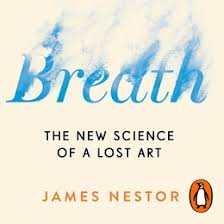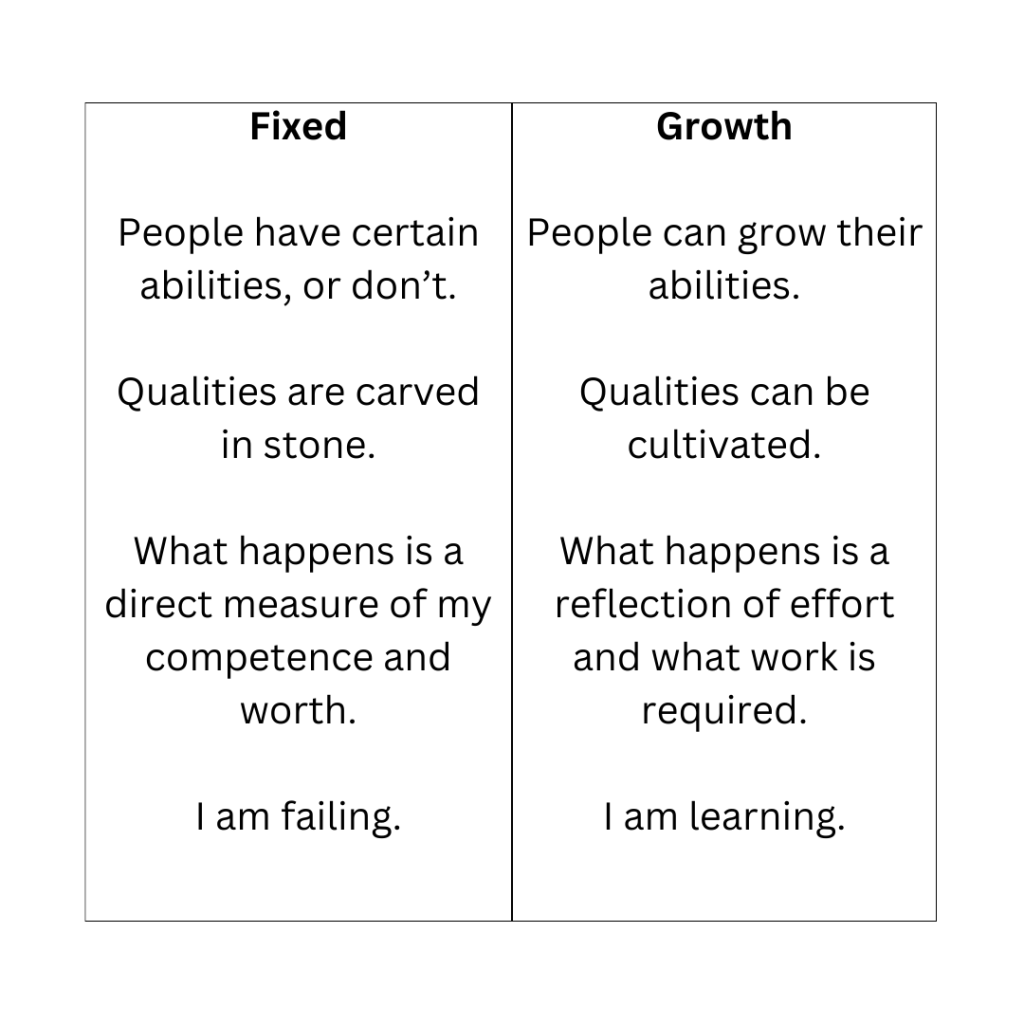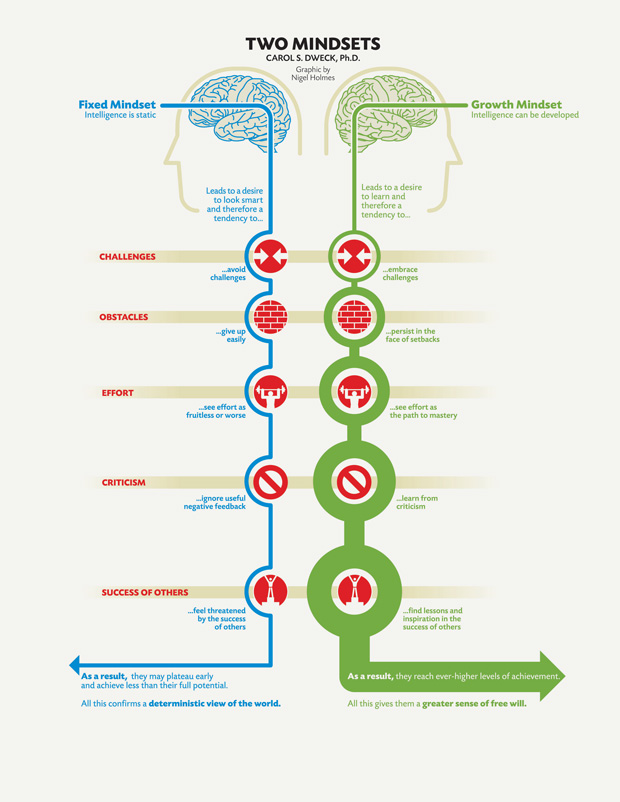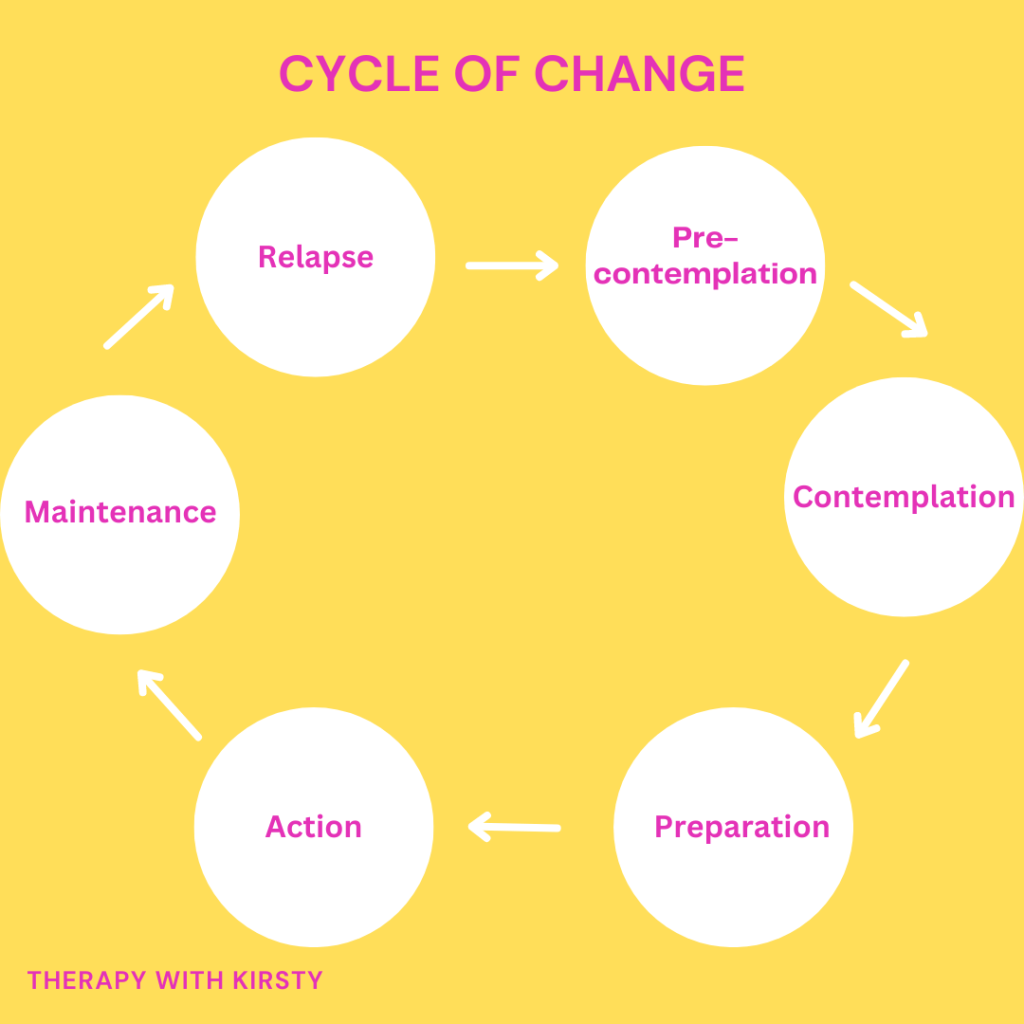Take a deep breath. We’ve all heard that, right? Perhaps before a job interview, a driving test, or when feeling angry or upset. But does breathing really make a difference?
James Nestor certainly thinks so, and he shares his experience and perspective in his compelling book, “Breath – The new science of a lost art” in which he discovers that by making slight changes to our breathing we can:
- Jump-start athletic performance
- Rejuvenate internal organs
- Halt snoring, allergies, asthma, and auto immune disease
- Straighten scoliotic spines
With such big claims being made, there’s been a lot of hype in the health and wellness space about this book, so I grabbed myself a copy to see what all the fuss was about.
Read on to find out if you should follow the crowd too!
In this review of Breath by James Nestor, I’m bringing you:
- Intro to the author and the book
- My key takeaways
- How breathing relates to your mental health
- Should you read it
Breath, James Nestor
James Nestor is a science journalist, a role which involves conveying science to the masses. If you understand the climate crisis, AI developments, or Covid19, that’s likely thanks to people like James Nestor translating all the science jargon.
A doctor-recommended breathing class transformed Nestor from being emotionally and physically ill to calm, quiet, and rested. He becomes driven to know what happened to him in that class and how, and so begins Breath.
The book is split into 3 parts that take us back through time and across the world as Nestor rediscovers various breathing techniques with the help of breath pioneers who he calls”pulmonauts”:
- Part One – The experiment
- Part Two – The lost art and science of breathing
- Part Three – Breathing+
Nestor includes an ample Appendix full of breathing techniques for the reader to try out and he sign posts his website for video tutorials too.
My key takeaways
I was struck by how many common conditions and problems breathing is connected to:
- ADHD, anxiety, and depression
- Asthma, allergies, blood pressure issue, and COPD
- Bronchitis, lung capacity issues, and pneumonia
- Headaches, migraines, and scoliosis
- Insomnia, sleep apnoea, and snoring
- Being overweight, having skin conditions, and sexual dysfunction
- Excessive thirst and peeing in the night
“Our ability to breathe full breaths was literally a measure of living capacity”
Contrary to popular belief, lung capacity out-ranks genetics, diet, and exercise as the greatest predictor of life span. Thankfully, we aren’t doomed by our current lung capacity as internal organs are malleable, meaning that we can work on our lung capacity at any age.
A simple takeaway – but one that really landed with me – was to close your mouth when you breathe. I won’t say too much on this as it’s the focus of “the experiment” in Part One of the book; Nestor compels the reader to make this simple change by detailing his gruelling breathing experiments.
My biggest takeaway from is an increased awareness of my own breath – whether my breath is reaching my belly or getting stuck in my chest; if I’m sleeping with my mouth closed; if I can continue to breathe through my nose while exercising. This awareness now naturally flows to a self-scan in which I notice how I’m feeling, if I’m holding any tension anywhere, if anything needs tended to. In short, it’s increased my ability to self-regulate.
Breathing for your mental health
One of the key links between breath and mental health is the body’s control system – the autonomic nervous system – containing two opposing nervous systems – the parasympathetic and the sympathetic.
The parasympathetic nervous system is responsible for the rest and relax state and is sometimes called the “feed and breed” or “rest and digest” system.
On the other hand, when we’re feeling stressed or anxious, the sympathetic nervous system kicks into action, you might have heard of this as the “fight or flight” response. This system makes us alert and “meaner and leaner” so we can deal with danger.
We activate these systems when we breathe. Inhaling activates the alert sympathetic system; exhaling takes us to the relaxed parasympathetic system. Extending the exhale longer than the inhale helps take us to a relaxed state, an example of this being to inhale for the count of 2 and exhale for the count of 4. Personally, I find this technique helpful for falling asleep.
Nestor provides an overview of how breathing interacts with the two systems which I’ve outlined here:

A breathing technique that enables inhaling into each nostril is “alternate nostril breathing” (aka nadi shodana) which can be found in Nestor’s Appendix. This technique involves using the thumb and ring finger to hold and release nostrils to control air flow and is particularly helpful for reducing stress for example prior to a meeting, an event, or sleep.
Breathing techniques could be a key tool for managing psychological issues including ADHD, anxiety, depression, insomnia, and panic as we can develop control over which state we activate and when.
The important thing to remember with any breathing technique is to keep practicing! Often I hear people say “I tried a breathing exercise once but it didn’t work” or “I was too distracted”. Even though we breathe all the time, these techniques are a new skill that will require time, effort, and practice. If (and when) distraction sneaks in, gently guide the mind back to focusing on the breath.
Should you read it
This is an interesting read that goes back through history and across cultures to bring “forgotten” knowledge of the breath to a new audience and in the process brings self-awareness and breathing techniques to the reader.
My main critique is that the title suggests that Nestor is bringing us “new science” about the breath, but what we get is mainly anecdotes and personal experiments from an excellent storyteller.
I’d recommend this book if you’re struggling with any of the physical or psychological health issues mentioned throughout this review and want to try some of the techniques to support your health and wellbeing, or you want to improve your lung capacity to increase your life span.
A combination of great storytelling and techniques that readers can test out for themselves, I give “Breath – The new science of a lost art” a 4/5 rating.








